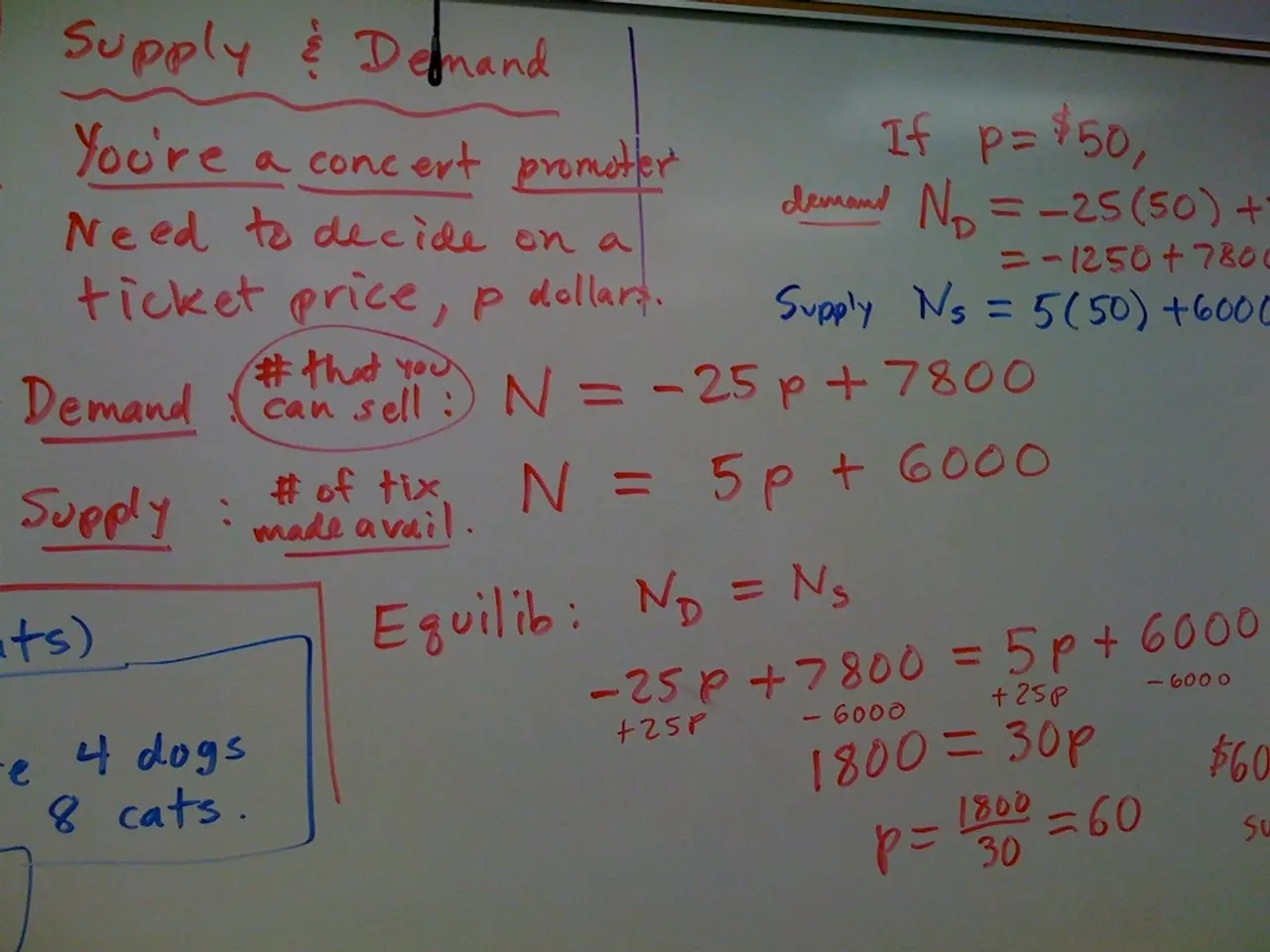Python's Tokenization: From Basic to Advanced
Tokenization, the initial step in many NLP tasks, involves splitting text into smaller chunks, typically words or subwords. Several Python libraries offer tokenization methods, each with its own strengths.
For basic tokenization, the split() method is sufficient, dividing a string by a specified delimiter. Pandas' str.split() method extends this to DataFrames, ideal for large datasets.
NLTK's word_tokenize() function stands out for more complex tasks. It treats punctuation as separate tokens, making it useful for tasks like text classification or sentiment analysis. Gensim's tokenize() function is valuable when working with Gensim's other functionalities, like topic modeling.
Custom tokenization patterns can be achieved using the re.findall() function with regular expressions. However, for advanced auto tokenization handling punctuation, NLTK's word_tokenize() is the go-to function.
Tokenization is crucial in NLP, and Python offers various methods to accomplish this. The choice depends on the specific task, dataset size, and required complexity. From basic split() to advanced auto tokenization, each method serves a unique purpose.
Read also:
- EPA Administrator Zeldin travels to Iowa, reveals fresh EPA DEF guidelines, attends State Fair, commemorates One Big Beautiful Bill
- JPMorgan Chase Announces Plans for a Digital Bank Launch in Germany's Retail Sector
- Derrick Xiong, one of the pioneers behind the drone company EHang
- Nike Expands into Metaverse with .SWOOSH Platform and #YourForce1 Competition







